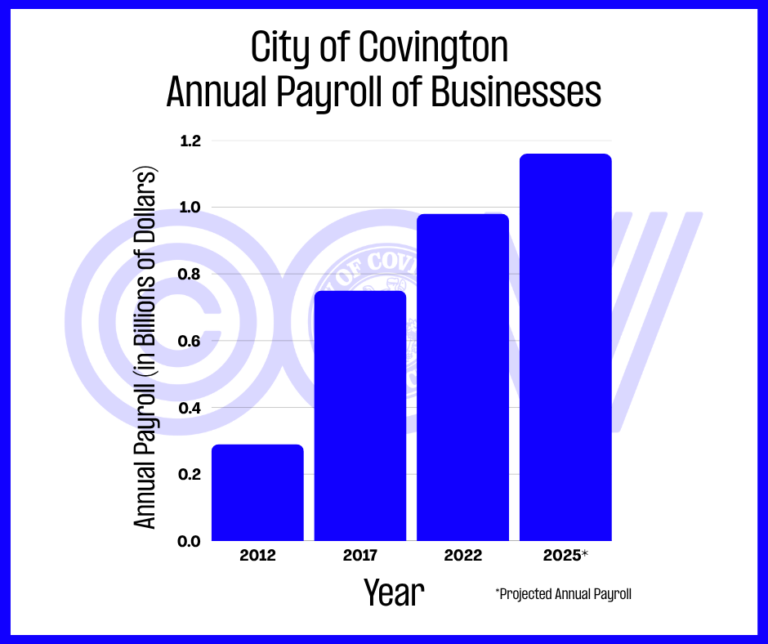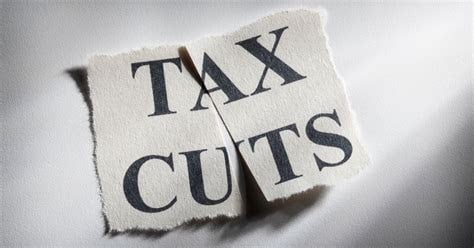In recent years, the Commonwealth of Kentucky coffers have been overflowing with tax revenues. In fiscal year 2021, General Fund revenues were $12.8 billion. In December 2022, the Consensus Forecasting Group projected General Fund revenues of $15.5 billion for fiscal year 2024.
The broadening of the sales and use tax base to include more services has increased projected sales and use taxes for fiscal year 2024 to be nearly 33% higher than in fiscal year 2021. In May 2023, the sales and use tax increased by 6.2% over May 2022.
The broadening of the sales and use tax base has led to a reduction in the individual income tax rate, the full actuarial funding of retirement benefits, and salary increases for state workers of 8% in fiscal year 2023 and 6% for fiscal year 2024.

While all these numbers sound promising, there are several factors that will impact future tax collections and budget decisions. The first is the end of the COVID money.
According to usaspending.gov, the state of Kentucky, its counties, cities, school systems and residents received over $22 billion in COVID relief funds. Counties, cities, and school systems used some COVID funds to plug budgetary holes for expenditures that may now require state funding to maintain.
The second factor is high inflation. Even though wages have increased in the last few years these increases are still below the rate of inflation.
High inflation has caused consumers to charge everyday expenses on their credit cards which has led to record credit card debt. According to the Federal Reserve, credit card debt in the U.S reached an all-time high of nearly $1 trillion in the first quarter of 2023 which was some 17% higher than the first quarter of 2022.
High inflation has also led to higher interest rates. Increased interest rates will leave consumers with less money in their pocket for other spending as individuals pay more interest on purchases of homes and automobiles, and the servicing of credit card debt.
The last factor is the recent federal debt ceiling agreement. This agreement caps non-defense discretionary spending at 1% per year and restarts federal student loan repayments. Since federal discretionary spending will be limited to 1% increases, governmental entities will not be able to rely on federal money to fund desired projects and will look to the state for funding.
According to collegeinvestor.com, 588,000 Kentuckians have student loans with a median student loan debt of $18,219. These student loan borrowers will have to reduce spending in other areas to service the student loans they agreed to repay.
While Kentucky has adequate rainy-day funds — $2.7 billion — to absorb any temporary budget shortfalls, a pro-longed downturn would force both the executive branch and legislature to make tough budget choices going forward.
Thomas G. Noland Ph.D., CPA, CMA, CDFM is professor and chair of Accountancy and Finance at the University of Southern Indiana.






















The supposed full ARC payment on the KY Teachers Retirement is based on a generous investment assumption of 7.5% Using moderate 6.5% assumptions like KPP – I am guessing would add $200 million or more in payments
Pensions are still some of the worst funded in US have not been getting better